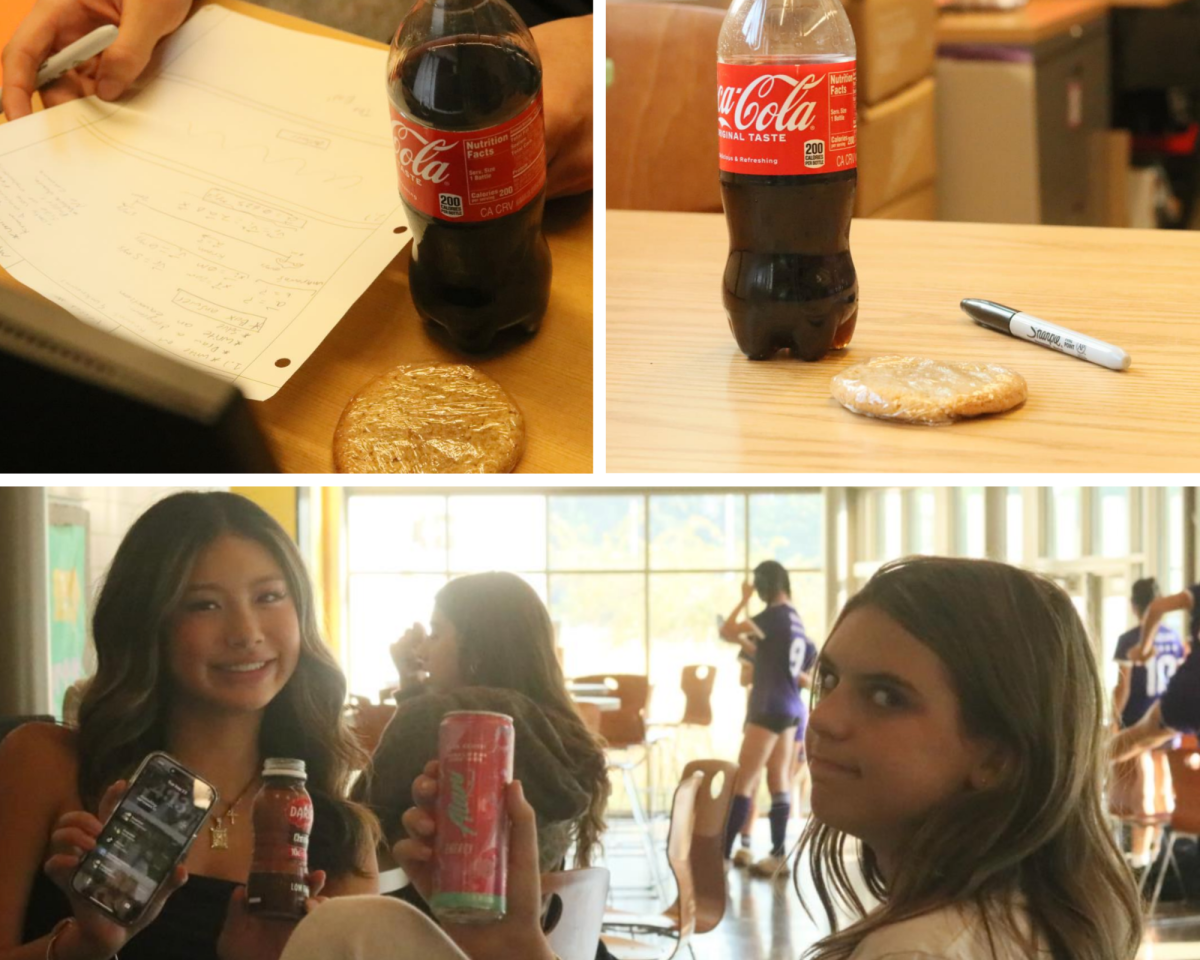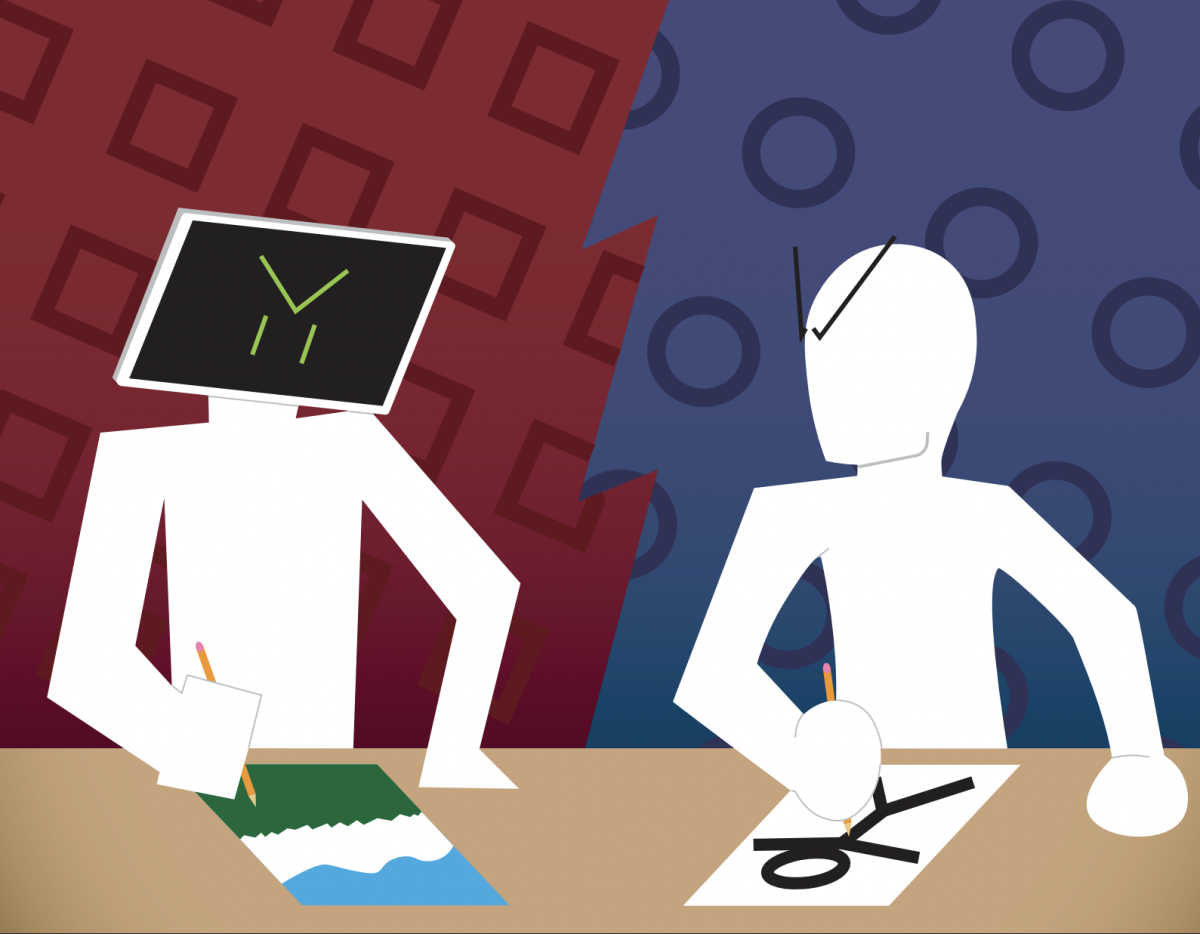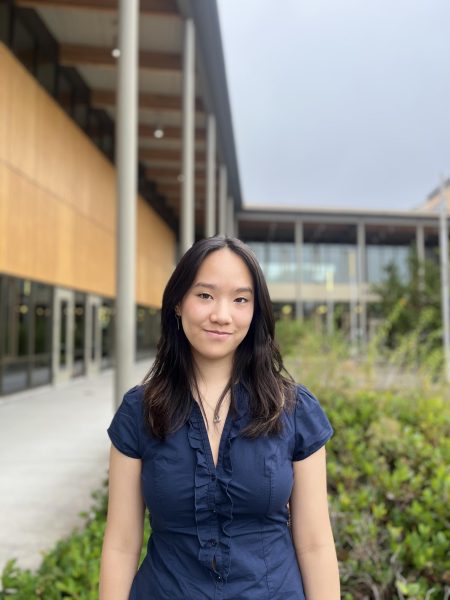I have to admit, I have an addiction to — matcha. An obsession with the milk, water, matcha powder, and honey combination that many do not realize is a hidden science that I have spent numerous mornings perfecting. Like a science experiment, through test and fail, I have finally found the golden ratio to make the perfect matcha latte. It’s become a daily ceremony, complete with a filter, scale, and bamboo chasen.
What has now become an integral part of my day is more than a drink but a symbol of the repeated pattern of including a culture’s staple while rejecting the people behind it. One of the victims of recent East Asian cultural appropriation– raising a debate between cultural appreciation and appropriation. The green liquid, with a rich history in Japanese culture, has entered mainstream Western media in the last decade, championing trends and aesthetic appeals among Gen Z, especially as matcha lattes become a regular at coffee chains like Starbucks across the U.S..
According to Matchaful, the origins of the tea can be traced back to the Tang Dynasty in China in the 7th and 10th century. In 1191, Eisai, a Japanese Buddhist Monk that was studying in China, returned to his home country with tea seeds and the craft of preparing powdered green tea. He planted the seeds in Kyoto, and under the Kamakura Shoguns rule, matcha was born as a symbolism of luxurious status. However, the Chado or Sado (Japanese tea ceremony or the way of tea) was developed centuries later in the 1500s by a student named Murata Juko. The ritual was popularized by Sen-no-Rikyu who formed the four principles of the ceremony: Wa, Kei, Sei, and Jaku (harmony, respect, purity, and tranquility).
Yet the spiritual ritual has been compromised in the west, sweetened, mass-produced, and sold off as a pop culture commodity, ignoring its historic value. The wellness aesthetic associated with the drink mostly comes from influencers that are encouraging their audiences to replace their morning coffees with matcha. The trend most likely came from realization of its health benefits. Matcha contains more caffeine than most green teas and, when consumed in moderation, may support memory and vision. It contains large amounts of antioxidants that makes it a nourishing dietary supplement with sources indicating that it has possible cancer-fighting properties. Furthermore, it is known to contain catechins that can be helpful in reducing blood pressure and dietary cholesterol. Many utilize it to alleviate stress and anxiety.
Nick Dreher writes in an article for the Graduate Association for Food Studies, “[There is an] overwhelming preference for discussing the health effects of matcha over its cultural origins […] reflected in articles in the Washington Post, Refinery29, and Health.com.” This mirrors a broader trend of east asian cultural elements gaining traction in Western pop culture. From K-pop groups to anime, East Asian aesthetics and traditions have become mainstream in America. Professor Mimi Thi Nguyen of the University of Illinois Urbana-Champaign writes in her paper that the commodification of Asian culture often leads to ‘consumable diversity,’ where despite cultural products going mainstream, structural inequalities faced by the minorities continue to be ignored.
As celebrities like Zendaya and Dua Lipa have been seen to be promoting it on social media with the hashtag Matcha Monday. Journalist Nyima Jobe says in the Guardian that matcha has gone from “elusive to everywhere” evident by its rise in global market value that is expected to be about 2.3 billion dollars by 2028. Following the surge in popularity, brands and cafes have jumped on the trend to not sell just drinks but a lifestyle. Cha Cha Matcha in New York and MatchaBar in Los Angeles are amongst the many that have utilized celebrity collaborations to amplify and transform the craze online to profit.
Despite the matcha’s popularity, the truth is that the widespread embrace of East Asian culture has had very little effect on anti-Asian sentiments in the U.S.. Pew Research Center found that nearly six in ten Asian American adults claim that discrimination against Asian communities is a major problem in the U.S.. The frustrating truth is that despite the mainstream attention matcha receives, people are still ignorant to the struggles of Asian American communities and the Japanese cultural significance the vibrant green drink holds. A deeper look into matcha reveals the juxtaposition of embracing a culture yet rejecting the people.
Appreciation begins with acknowledgment. That means reading up on the history behind the green latte, spreading awareness to one’s friends, supporting Asian-owned businesses, and being thoughtful about what is shared, sold, and celebrated. Matcha may be trending, but it’s more than a hashtag. It’s a centuries-old tradition that deserves respect, not just attention, and is a striking reflection of America’s ongoing struggle to include not just diverse cultures, but the people behind them.






